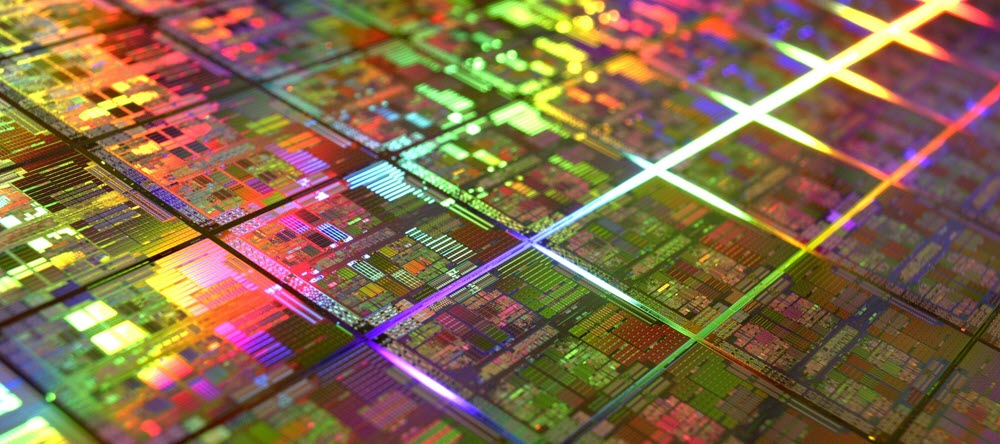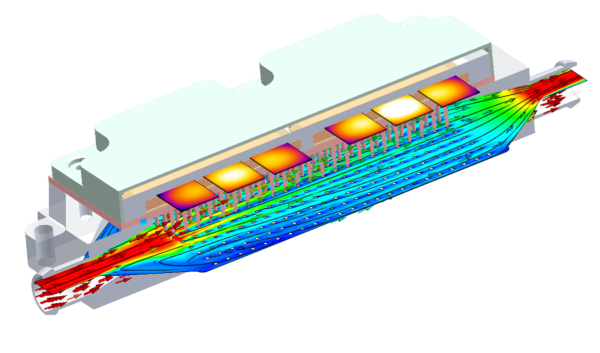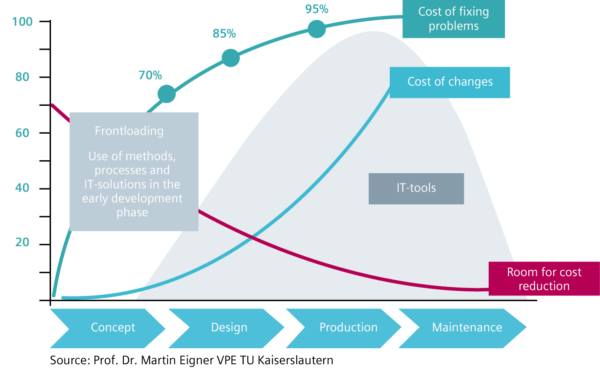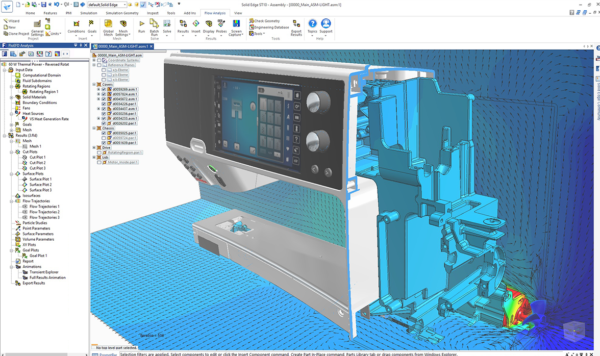Is it getting hot in here? Understanding heat transfer

Where does heat go?
Heat transfer is a complicated subject. Sure, we all learn the basics of conduction, radiation, and convection when we study physics, but there’s so much more to it than that.
And for modern design engineers, understanding heat transfer is more important than ever. Even if you’re not working directly with heat, chances are there will be electronics somewhere in your product. And electronics generate heat. And that heat has to go somewhere.

In the case of smart phones, it’s our bodies that do the work. With all that computing power packed into a small package it would be difficult to build in a cooling solution too. Fortunately, the human body can act as a heatsink, transferring the heat by conduction through contact. Pretty neat, huh?
What they didn’t teach you in school about heat transfer
Because there’s so much about this topic that doesn’t get taught in school, we’ve put together a white paper to explain the key elements of heat transfer that every design engineer must understand, and how simulation software can help you make the necessary allowances.

If you don’t find out that your product’s heat issues cause it to burst into flames until the prototype testing phase, you’re going to be in for an expensive, project-delaying re-design.
That’s why Simcenter FLOEFD is built to frontload thermal analysis in the design process so that design engineers can make corrections much earlier.
This white paper explains how, instead of using complex CFD software that requires you to manually transfer geometry data into the CFD tool, Simcenter FLOEFD is a design-centric solution which is embedded directly in the most popular MCAD toolsets such as NX, CATIA V5, Creo Elements/Pro, and Solid Edge.

You’ll also learn how Simcenter FLOEFD is so easy to pick up that most designers are comfortable using it after less than eight hours of training.
Think you need a PhD to develop a mesh once you’ve created your project and applied boundary conditions?
Think again.
Now it’s all done automatically in a matter of minutes.
And we’ve included some real-world examples so you can see the speed, accuracy, and power Simcenter FLOEFD brings to the design process.
Download the white paper today and find out everything they didn’t teach in school about heat transfer!


